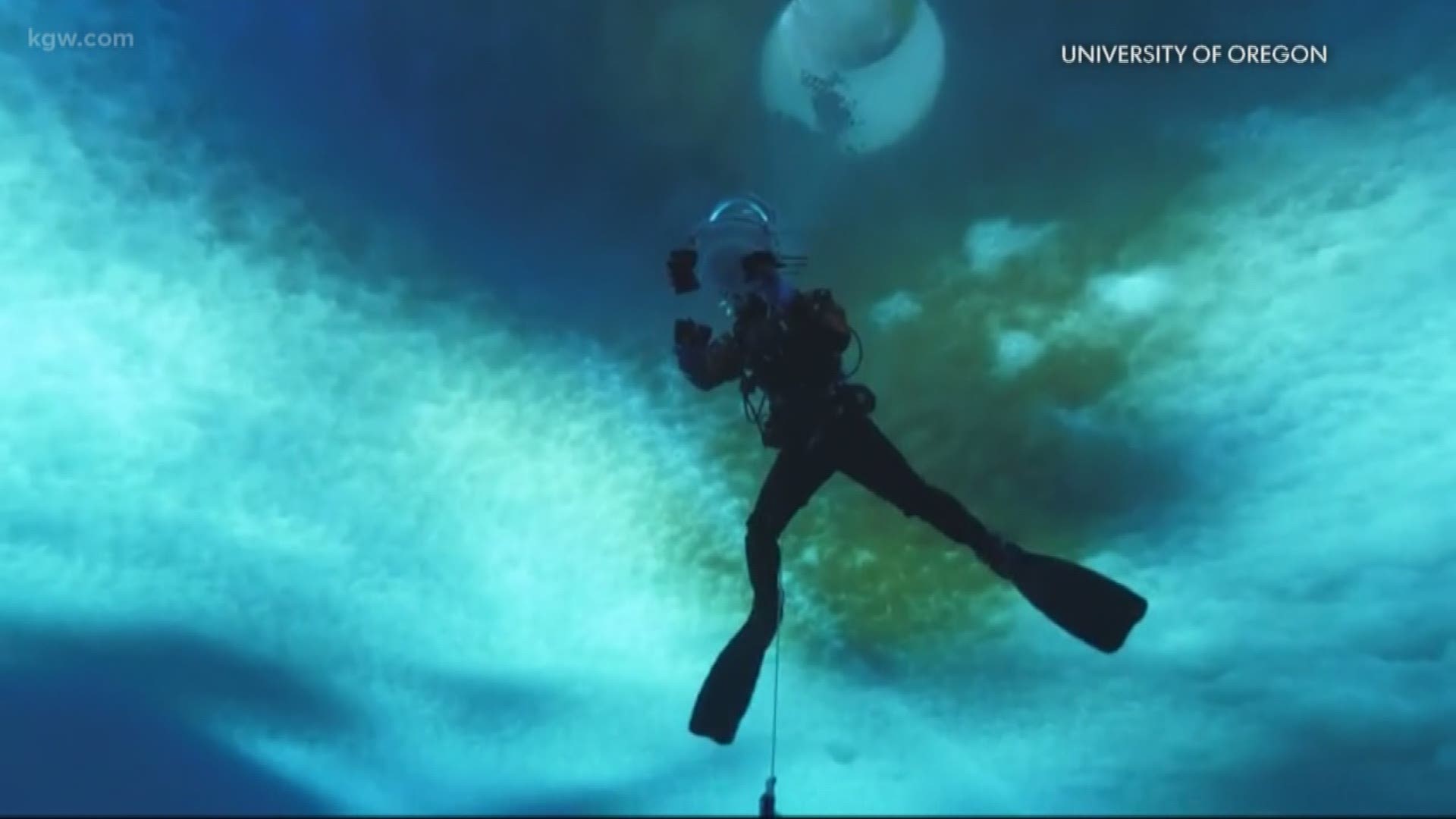EUGENE, Ore — Scientists at the University of Oregon are giving the public a rare glimpse at what's happening below the ice in the Antarctic some 9,000 miles away.
It's an area relatively few people have ever seen.
But now, we can all see it in real time thanks to the University of Oregon assistant professor Paul Cziko.
About two years ago, Cziko and a team of scientists cut a hole in the Antarctic sea ice, jumped in, transported a camera, an audio recorder and a seawater sensor down some 70 feet to the ocean floor.
The installation is called the McMurdo Oceanographic Observatory or MOO for short.
And for the first time ever, it’s giving the public a window into what's happening in this remote part of the ocean.
Researchers are studying ice fish in the area and how they can survive in such frigid water along with seals and whales.
The scientists can also tell by listening to the audio if the ice above is melting.
Important information since what happens in the Antarctic impacts the whole world's climate.
"We need to understand what's happening in real time in these really inaccessible places in the ocean to see how things change or even how they are right now," said Cziko.
Listening to the live audio stream you can clearly hear seals communicating.
The equipment actually records at a higher frequency than anyone has ever recorded before.
"They can look on the website and watch the images come and then hear under the ice," said Cziko. "It's a window into this environment and it's a really special one."
Visit the McMurdo Oceanographic Observatory at moo-antarctica.net.

